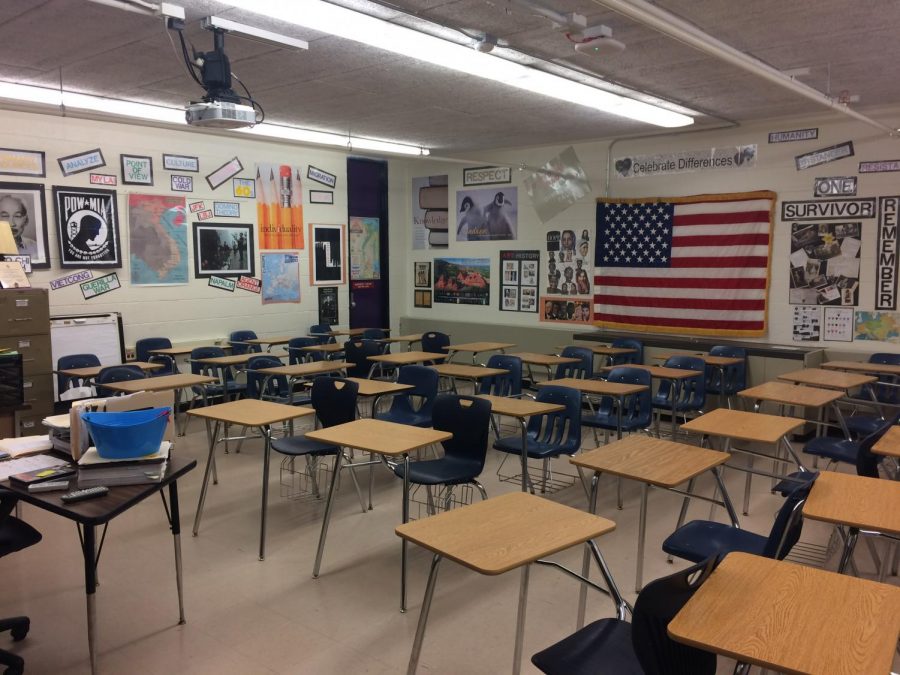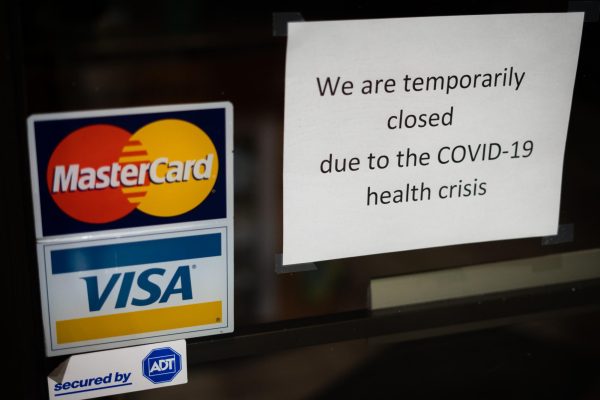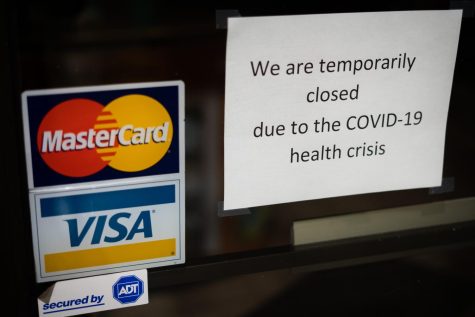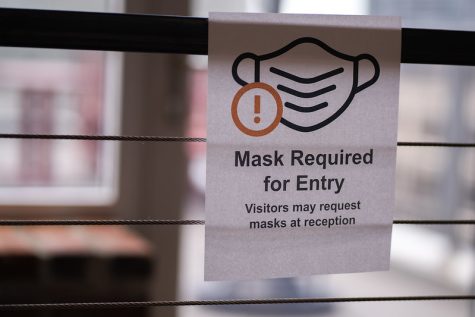“I just hope the students are okay”: As pandemic nears two-year mark, schools are forging new realities
Studies are starting to show just how deeply COVID-19 has shaken education in the United States
Empty classrooms have become a pandemic symbol, as remote learning gained a firm foothold during the 2020-21 school year.
The start of the COVID-19 pandemic was a time like the United States had never seen before, and it brought an unprecedented shutdown of businesses and schools alike.
School sessions were cancelled for the day, then the week, then the rest of the year. Classes were moved online, with no certainty that students would step in the classroom any time soon.
“I don’t know if anybody was well-prepared,” said Matthew Healy, an English professor at Scottsdale Community College.
With all the worry and confusion plaguing each household, students had to retain some sort of scholastic knowledge and finish the spring semester. The impacts of various institutions moving studies online are being closely examined.
More information is yet to be gathered, but some data regarding remote learning gains has been collected.
Testing data from the fall 2020 semester showed growth percentiles in reading have remained consistent with the previous year for grades 3-8, but math gains have been comparatively lacking.
There are multiple factors that can be contributing to this, such as accessibility issues, changes in households, and the stress and trauma of the pandemic itself.
“I’ve seen students struggle and I’ve heard them talk about how difficult this is,” Healy said, regarding students’ overall mental health during the online school year.
Lara Lasley, a student at SCC, reflected on her overall experience.
“It’s been a lot more difficult than in-person classes, and it’s been harder to stay on track with everything going on in my own life,” Lasley said.
This personal testimony is not unique and seems to represent a lot of students across the country, especially first-year college students. The impact that the pandemic has had on students varies, but it does seem to affect low-income household students more negatively.
A study conducted by the RAND Corporation, a nonprofit research institution, found that principals from schools in low-income districts reported only 80 percent of students had adequate internet access at home. According to the study, remote learning has also negatively impacted students with other accessibility issues such as disabilities or language barriers.
The pandemic has brought many different obstacles for institutions, teachers and students alike. Each party continues to push forward together, one step at a time, as the United States tries to return to some sort of normalcy.
In the meantime, educators are doing what they can to help their students succeed at the highest level.
“I just hope the students are okay,” Healy said.












